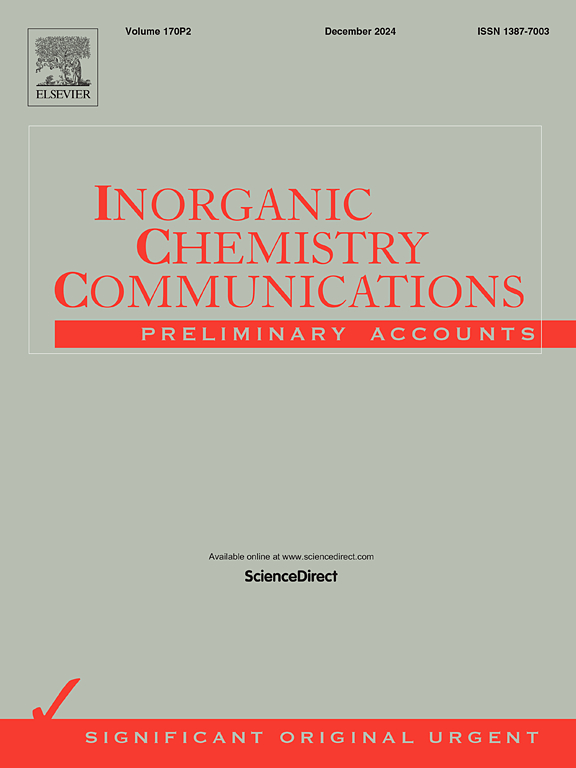Engineering magnetic nanomaterials for enhanced organic solar cell performance: A review
IF 4.4
3区 化学
Q1 CHEMISTRY, INORGANIC & NUCLEAR
引用次数: 0
Abstract
Organic solar cells are a class of photovoltaic technologies that have complemented the currently available inorganic silicon-based solar cells. The increased energy consumption requirements from industries and households have led to an increased need to improve the current conversion efficiency of photovoltaic technology. The incorporation of a magnetic field into the active layer of organic solar cells has been established for improved conversion efficiency. The current review outlines the recent progress and strategies that have been employed in engineering the transport properties of magnetic-based organic solar ce. The main contributing factors to the enhanced performance of the reported organic solar cells are attributed to the rate increase of the intersystem crossing of singlet to the triplet states. The review discusses the current challenges hampering the commercialization of the technology and the prospect of magnetic field-based organic PV technology.

求助全文
约1分钟内获得全文
求助全文
来源期刊

Inorganic Chemistry Communications
化学-无机化学与核化学
CiteScore
5.50
自引率
7.90%
发文量
1013
审稿时长
53 days
期刊介绍:
Launched in January 1998, Inorganic Chemistry Communications is an international journal dedicated to the rapid publication of short communications in the major areas of inorganic, organometallic and supramolecular chemistry. Topics include synthetic and reaction chemistry, kinetics and mechanisms of reactions, bioinorganic chemistry, photochemistry and the use of metal and organometallic compounds in stoichiometric and catalytic synthesis or organic compounds.
 求助内容:
求助内容: 应助结果提醒方式:
应助结果提醒方式:


